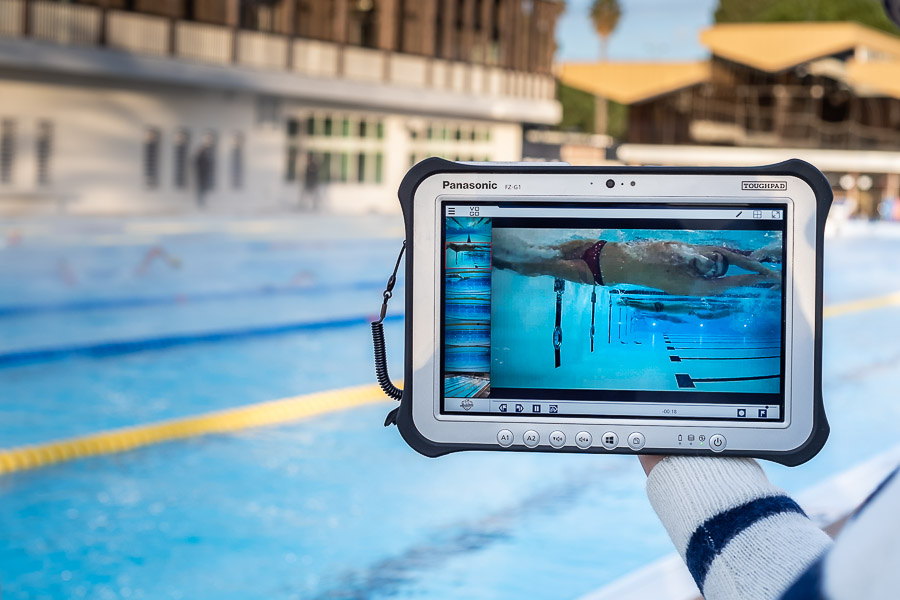Firefighters working on a Seveso classified site must perform various emergency procedures, such as closing a valve, stopping a gas leak. These situations are totally unforeseen and stressful, that require extreme reactivity and rigor.
What is a Seveso site?
Seveso classified sites are hazardous industrial facilities classified according to the degree of risk they may entail. The regulation introduces two thresholds of classification according to the “dangerousness” of the sites according to the quantity of dangerous substances used: “Seveso low threshold” and “Seveso high threshold”.
The protocol that guarantees the safety of the intervention
Each intervention begins with an alarm. As a result the safety officer or the shift supervisor gives the order to intervene from the control room. In this Atex zone, there is a deadly risk related to the manufacture of the site and which is the subject of a permanent control via video surveillance and the installation of sensors.
In function, the teams must quickly create a security perimeter, already defined according to very precise frames (take into account the wind in order to avoid any contaminations) and listen to the briefing of theirs responsible before getting equipped: suits with individual breathing apparatus adapted to the situation (T65 suit or type 1A), communication systems like professional walkie talkies…
Intervention time, tha main issue
The main problem of intervention on a Seveso site is the time: the autonomy of oxygen cylinder is limited to 32 to 40 minutes of use on average, which varies considerably depending on the level of stress of each person. It is therefore important to not stress, to be confident with his equipment, his suit and his role in the intervention.
The first difficulty is finding the exact area of intervention and then managing the incident as quickly as possible. Since the risks of contamination are high, each combination benefits from a permeation time according to the products: the more time you spend on hazardous materials, the risk becomes more important.
Added to this, is the potential risk of injury during interventions. For example, firefighters may fall into the race, bump…
Team communication, the key to success
Finally, once in place, firefighters must work in teams until the leak is mastered. However, these environments are very noisy and complicate exchanges.
Here is a classic communication scheme:
- The pair, one is faced with a chemical leak that must be controlled and limited in its propagation. For this purpose, he is in permanent exchange with his manager and the other pair.
- An other firefighter is located outside the intervention zone, he is the interface between the intervention and the safety officer.
- A security officer in the control room
Following the success of the intervention, the firefighters must decontaminate themselves in showers and carry out a debriefing.


